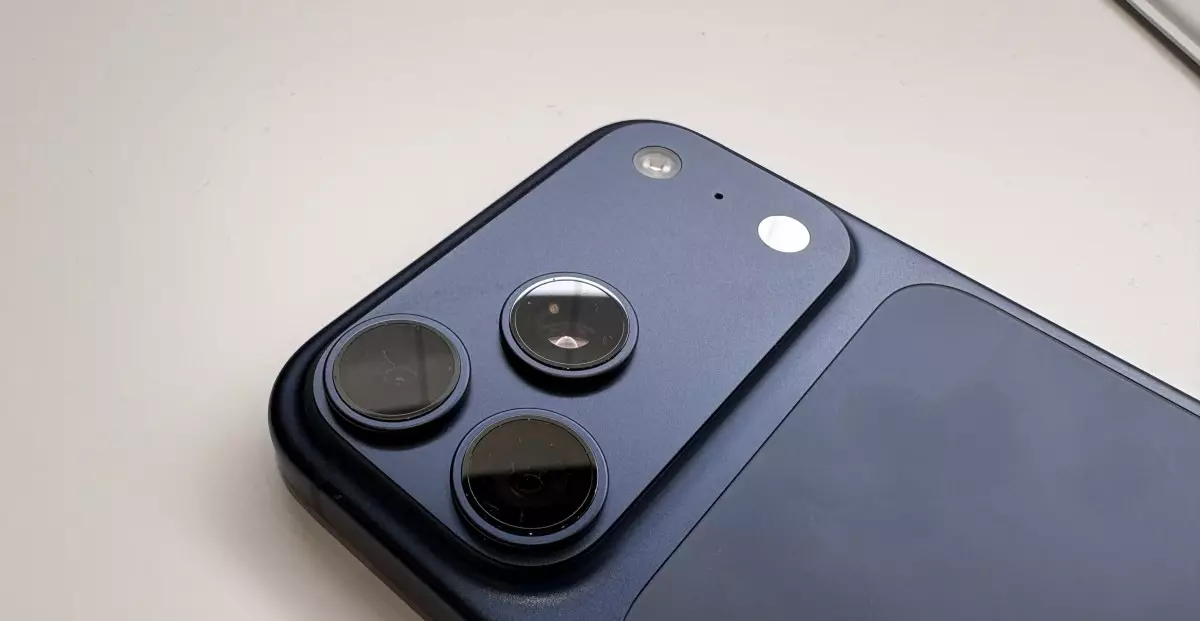In an age where digital threats evolve at an alarming pace, the pursuit of robust security measures has become paramount. The latest implementation of Memory Integrity Enforcement (MIE) by Apple signifies a seismic shift in how consumer devices defend themselves against malicious exploits. Unlike traditional security features that often operate in the background without noticeably altering user experience, MIE is a bold, comprehensive shield designed to make life exceedingly difficult for spyware developers and cybercriminals alike. This move demonstrates Apple’s unwavering commitment to redefining mobile security by integrating advanced memory safety directly into the architecture of its devices.
Instead of remaining complacent with incremental updates, Apple has embarked on an ambitious quest to overhaul how memory safety is enforced across its ecosystem. The emphasis on making security “always-on” reflects a philosophy that protection should be seamless, invisible, and invulnerable to circumvention. This proactive stance not only signals a vital escalation in safeguarding user data but positions Apple as a pioneer willing to transform the very foundation of consumer OS security. Such a comprehensive approach raises the bar significantly, illuminating a future where device integrity is woven into the core fabric of every smartphone—ensuring that malicious exploits face insurmountable obstacles.
Design and Innovation: A Strategic Leap Forward
At the heart of Apple’s new security protocols lies an impressive technological tapestry built on the Enhanced Memory Tagging Extension (EMTE) and other state-of-the-art safeguards. These technological innovations serve as the backbone of MIE, allowing the system to monitor, verify, and restrict memory access across thousands of processes with ruthless precision. What sets Apple’s approach apart is its ambition to extend protection to over 70 userland processes and the kernel itself—a feat that underscores its intent to create an almost impenetrable fortress around the device’s core operations.
The integration of secure typed allocators and tag confidentiality protections further exemplifies the thoughtful engineering behind MIE. These layers ensure that even if an attacker manages to breach one security perimeter, they are met with multiple, interwoven defenses that increase exploration costs exponentially. Such a layered approach not only discourages the development of exploits, but it also complicates targeted attacks like those leveraging Pegasus or similar spyware tools. The fact that Apple’s chips—namely the A19 and A19 Pro—are expressly designed with enhanced security features illustrates their strategic insight: cutting-edge hardware must be matched by equally sophisticated security systems if we are to safeguard users effectively.
Challenging the Status Quo: Performance versus Security
One of the most remarkable aspects of Apple’s MIE rollout is the company’s assertion that these powerful new defenses come with “virtually zero CPU cost,” especially in mitigating vulnerabilities such as Spectre V1. Historically, security features have often come at the expense of performance, leading to user complaints and device sluggishness—trade-offs many manufacturers have been reluctant to make. Apple’s claim signals a significant breakthrough: achieving robust security without compromising the fluidity and responsiveness that users expect.
However, skeptics might question whether these claims hold under real-world stress conditions, or whether future exploits will find gaps in this newly fortified environment. Cyber adversaries are relentless, and sophisticated attackers continually adapt, often finding inventive ways to circumvent even the most advanced defenses. Nonetheless, the strategic push to elevate memory safety from a secondary feature to an integral, non-negotiable requirement is a testament to how seriously Apple is taking the threat landscape.
By extending these protections to older hardware and creating a uniform security baseline, Apple effectively raises the cost of malicious research and development. It’s no longer just about finding vulnerabilities; it becomes an intricate game of cat-and-mouse where the attacker’s effort and expense are amplified. This shift might accelerate the decline of spyware efficacy and signal a new phase of consumer device security—one where user safety is prioritized over exploiting technical vulnerabilities for profit or espionage.
Implications for the Future of Smartphone Security
Apple’s ambitious enhancement of memory safety protocols sets a new benchmark for the entire industry. While Android and other platforms are already experimenting with related features like Memory Tagging Extension (MTE), Apple’s integrated, always-on design takes a substantial leap forward. It advocates a future where security is baked into the hardware, increasingly invisible yet invulnerable—far beyond the superficial protections of traditional software patches.
This development also invites a broader reflection on the ongoing arms race between security professionals and malicious actors. As Apple strengthens its defenses, spyware developers will inevitably seek new avenues for vulnerability. Yet, the very complexity and cost introduced by MIE will likely serve as a deterrent, incentivizing developers to either innovate ethically or retreat. In the commercial and governmental sectors, such advancements could reshape expectations, compelling competitors to innovate or perish.
Crucially, this progress underlines a fundamental truth: digital safety is no longer an afterthought, but a core feature that consumers will demand as standard. Apple’s bold move underscores that in the relentless battle for security, the future belongs to those willing to rethink what’s possible—and to invest in defenses so integrated that malware is rendered obsolete before it can even take root.


Leave a Reply